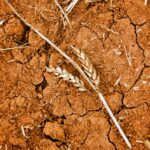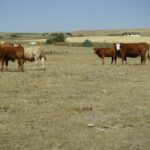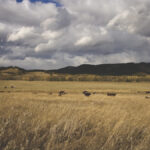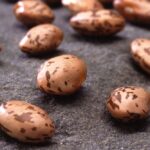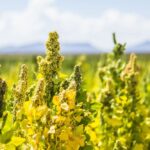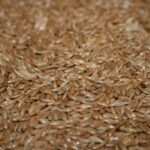High demand, scarce supplies and rising prices for hay and other feeds due to this summer’s drought on the Prairies have made a market for online scammers, RCMP warn. The urgency driving such transactions may cause ranchers, farmers and farm workers to make purchases “without taking time to properly verify or research production sources,” Alberta […] Read more




